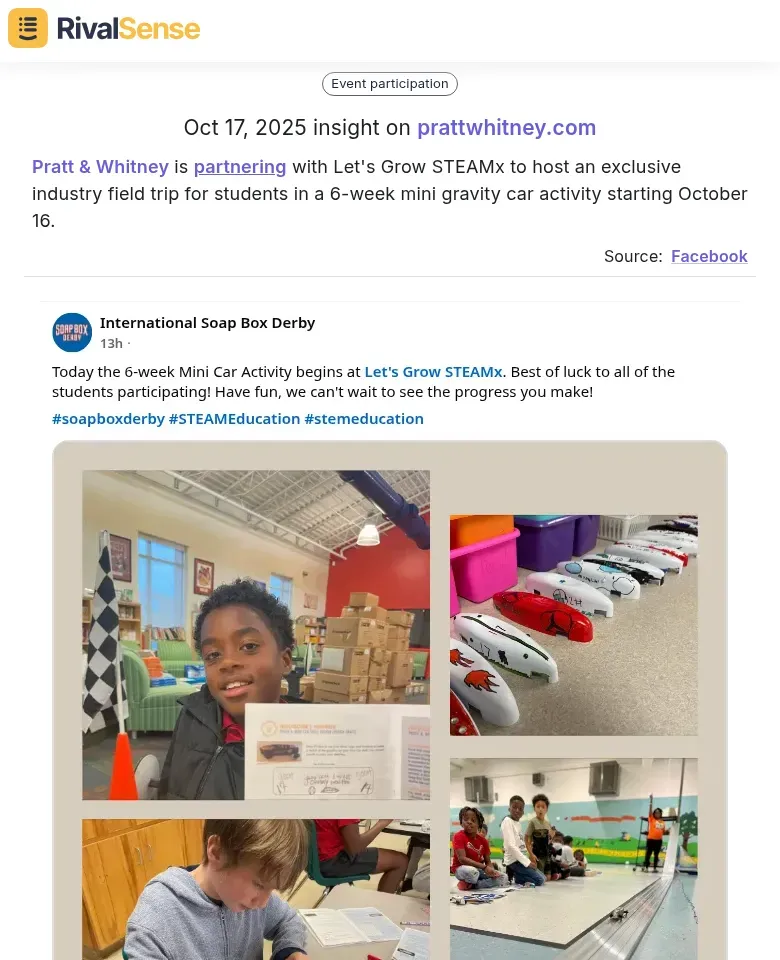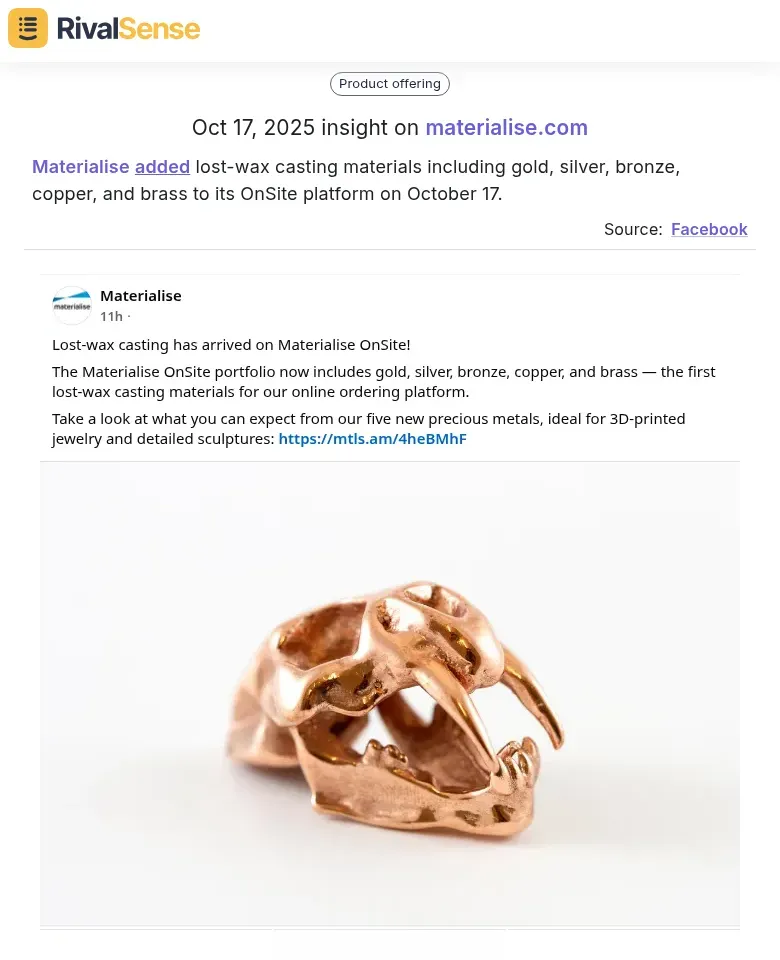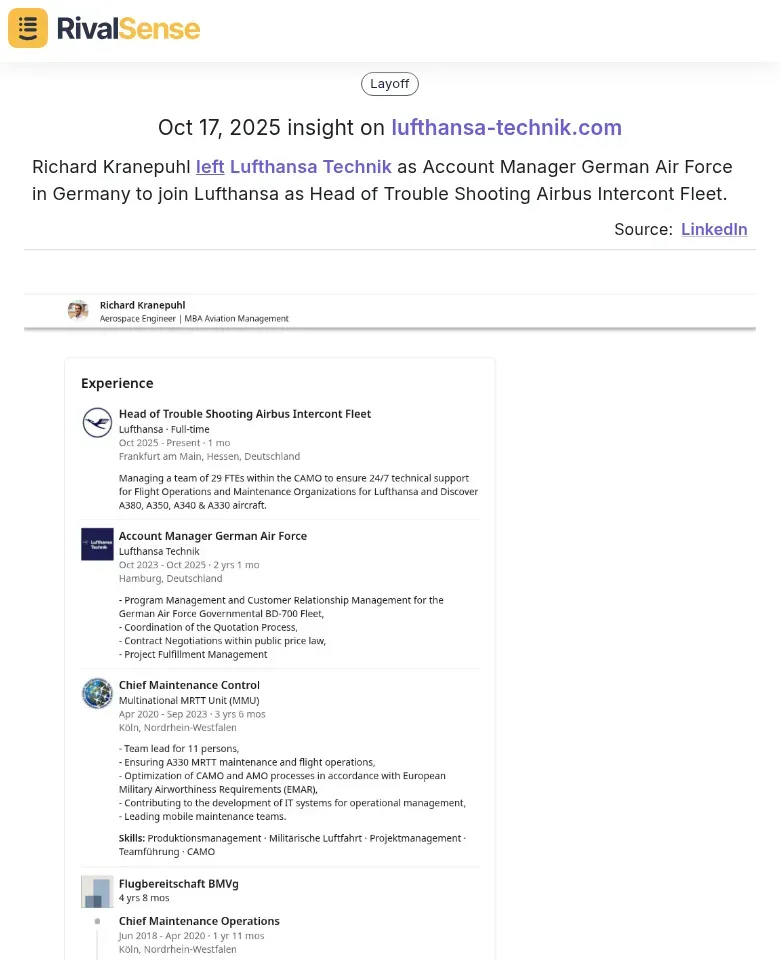Key Account Management Checklist for Elevator & Escalator Maintenance
Key Account Management (KAM) is a strategic approach essential for maintaining high-value clients in the elevator and escalator industry. In this sector, equipment reliability directly impacts business operations, safety, and financial outcomes. Effective KAM addresses challenges like 24/7 uptime demands, complex service histories, and regulatory compliance by fostering proactive communication, tailored service plans, and swift responses. Benefits include stronger client loyalty, higher renewal rates, and improved satisfaction.
🔑 Practical Steps for Effective KAM:
- Identify key accounts based on revenue, contract size, or strategic importance
- Develop customized maintenance schedules with client input
- Assign dedicated account managers for consistent support
- Use tracking tools to monitor metrics and anticipate needs
- Conduct regular reviews to adapt to changing requirements
This method minimizes risks and transforms clients into long-term partners.
Identifying and Segmenting Key Accounts
Identifying and segmenting key accounts is the foundation of successful elevator and escalator maintenance management. Proper segmentation ensures that resources are allocated efficiently to high-priority clients. Define key accounts using criteria such as revenue (e.g., accounts contributing over 20% of annual maintenance income), strategic value (e.g., high-profile buildings that boost your portfolio), and risk factors (e.g., systems prone to costly downtime).
Segment accounts into tiers—A (high priority), B (moderate), and C (low)—to guide resource distribution. Leverage CRM systems like Salesforce to track contract details, service histories, and stakeholder information. Supplement this with industry databases for building-specific data.
📊 Checklist for Account Segmentation:
- Review accounts quarterly and update profiles with fresh data
- Use a scoring matrix (e.g., rate 1-10 for revenue, strategic value, and risk)
- Align segmentation with resource allocation for optimal efficiency
- Incorporate competitor insights to refine your approach
Developing a Strategic Account Plan
Developing a strategic account plan is critical for maximizing client value in elevator and escalator maintenance. A well-crafted plan aligns your services with client goals while ensuring compliance and efficiency. Start by setting clear objectives and KPIs, such as uptime targets (e.g., 99.5% for critical systems), response times (e.g., under 30 minutes for emergencies), and audit scores.
Customize service plans to meet specific client needs—for hospitals, prioritize 24/7 support and redundancy checks; for offices, focus on off-hours preventive maintenance. Integrate compliance standards like ASME A17.1 and local regulations to avoid penalties. Establish communication protocols with primary contacts, quarterly reviews, and automated alerts for milestones.
Partnerships can enhance your strategic offerings and provide competitive advantages. For example, RivalSense detected that Pratt & Whitney is partnering with Let's Grow STEAMx to host an industry field trip.  Insights into competitor partnerships are valuable for identifying collaboration opportunities and refining your account plans to stay ahead.
Insights into competitor partnerships are valuable for identifying collaboration opportunities and refining your account plans to stay ahead.
📝 Checklist for Strategic Planning:
- Assess client risk profiles and document service histories
- Define escalation paths for issues (e.g., notify managers if repairs exceed 4 hours)
- Validate plans with mock drills and client feedback
- Monitor industry trends to adapt strategies proactively
Building Strong Client Relationships and Communication
Building strong client relationships in elevator and escalator maintenance hinges on consistent and transparent communication. Effective strategies ensure clients feel supported and valued, leading to long-term partnerships. Implement regular check-ins and feedback loops to maintain open dialogue and address concerns promptly.
Regular Check-ins & Feedback Loops:
- Schedule quarterly business reviews with key stakeholders
- Conduct monthly operational check-ins with facility managers
- Use structured feedback forms after each service visit
- Establish 24/7 emergency communication channels
- Deploy post-service surveys to gauge satisfaction
Understanding Client Pain Points:
- Map operational workflows to identify bottlenecks
- Track maintenance history to predict and prevent issues
- Hold annual deep-dive meetings to uncover hidden challenges
- Monitor building occupancy for proactive scheduling
- Align maintenance with client business goals
Technology for Seamless Communication:
- Implement real-time maintenance tracking portals
- Use mobile apps for updates and photo documentation
- Set up automated reminders for maintenance tasks
- Create transparent pricing dashboards
- Utilize video calls for remote diagnostics
✅ Proactive Updates Checklist:
- Send 48-hour service appointment confirmations
- Provide real-time technician ETA updates
- Share detailed service reports within 24 hours
- Notify clients of potential future maintenance needs
- Schedule preventive maintenance 30 days in advance
Focus on anticipating client needs to build trust and reliability.
Monitoring Performance and Ensuring Service Excellence
Monitoring performance and ensuring service excellence are vital for retaining key accounts in elevator and escalator maintenance. Continuous tracking and improvement help maintain high standards and client satisfaction. Use automated tools to monitor maintenance schedules, uptime, and response times, benchmarking against industry norms.
Tracking competitor activities can reveal insights that enhance your service offerings. For instance, RivalSense reported that Materialise added lost-wax casting materials to its OnSite platform.  This type of insight is valuable for adapting your strategies to market changes and identifying new service opportunities.
This type of insight is valuable for adapting your strategies to market changes and identifying new service opportunities.
Conduct quarterly performance reviews with clients, incorporating satisfaction surveys on response speed, expertise, and communication. Analyze data like mean time to repair (MTTR) and uptime percentages to set improvement targets.
📈 Checklist for Performance Monitoring:
- Review maintenance logs weekly for compliance
- Send post-service surveys after each visit
- Hold bi-annual strategy sessions to refine processes
- Leverage competitor insights to adopt best practices
- Use client feedback to drive continuous improvement
Data-driven decisions ensure reliability and exceed client expectations.
Risk Management and Contingency Planning
Risk management and contingency planning are essential for mitigating disruptions in elevator and escalator maintenance. Proactive strategies minimize downtime and uphold client trust. Identify risks such as equipment failures, regulatory updates, supply chain issues, and natural disasters.
Develop contingency plans with clear roles, communication protocols, and backup parts inventory. Diversify suppliers and have agreements with third-party technicians for business continuity. Stay compliant with standards like ASME A17.1 through regular audits and staff training.
Monitoring management changes at competitors can alert you to potential market shifts. RivalSense highlighted that Richard Kranepuhl left Lufthansa Technik to join Lufthansa.  Such insights are valuable for anticipating competitive moves and adjusting your risk management strategies accordingly.
Such insights are valuable for anticipating competitive moves and adjusting your risk management strategies accordingly.
🛡️ Practical Steps for Risk Management:
- Perform quarterly risk assessments and update plans
- Document contingency procedures with escalation paths
- Test emergency drills annually
- Stay informed on industry guidelines via associations like NAESA
- Integrate competitor monitoring into risk analysis
This approach enhances resilience and client confidence.
Leveraging Competitor Insights for Strategic Advantage
In today's competitive landscape, staying informed about competitor movements can provide a strategic edge in key account management. By tracking product launches, partnerships, and personnel changes, you can anticipate market trends and refine your approaches. Tools like RivalSense automate this process, delivering weekly reports on relevant updates.
For example, insights into product additions or management shifts help you adjust service offerings and risk plans proactively. Incorporate these findings into your account strategies to maintain a competitive position and better serve your clients.
Take Action with RivalSense
To effectively manage the challenges outlined in this post, such as monitoring competitors and enhancing strategic plans, try RivalSense for free at https://rivalsense.co/. Get your first competitor report today and gain valuable insights to boost your key account management efforts!
📚 Read more
👉 How Emirates' Fleet Upgrade Revealed Competitors' Strategic Moves
👉 Optimize Competitor Insights from Instagram Thought Leadership
👉 AI vs. Traditional Key Account Management: Comparative Analysis
👉 Predict Hiring Trends: Track Key Account Employee Changes
👉 How to Leverage Competitor Insights: Analyzing Dust's Frames Launch
